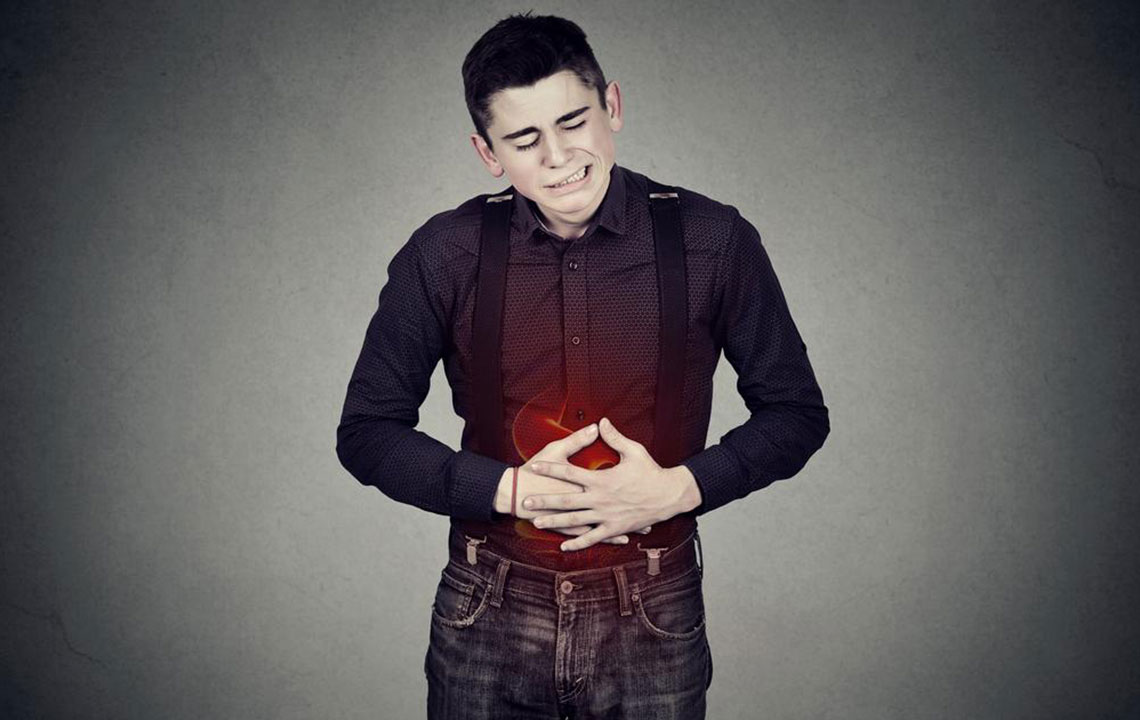Hemorrhoids – Common Myths, Causes, and Treatment Options

Swollen veins in the anus and lower rectum causing a lump are called hemorrhoids. Hemorrhoids are also commonly known as piles. Hemorrhoids can affect your body in many ways: one of the common effects is that your rectum does not feel empty after a bowel movement. Hemorrhoids cause excess pain in the anus as it causes blood clots to be protruding out of the anus. With pain, there is a lot of itching and discomfort that hemorrhoids cause. In most cases, people who have hemorrhoids cannot sit properly as the clot hurts when there is any kind of pressure implied on it.
There are ways to know or identify if one has hemorrhoids or not. For the treatment of hemorrhoids, noticing the symptoms and appropriate and timely diagnosis is important. Here are the symptoms of hemorrhoids:
- One would notice blood in their bowel movements when someone is affected by hemorrhoids. If you find any trace of blood in the stools or tissue, it could be an indication of growing hemorrhoids, and you must turn to the treatment of hemorrhoids to prevent it from getting worse.
- You will feel an itchy and irritated sensation in your anal area. You are also likely to feel reckless itching.
- If there is a pain in that area and you feel discomfort while standing, walking, or sitting, you should get a diagnosis done.
- If you feel that there is a lump near your anus that is very sensitive to touch, it is probably because you are developing a condition of hemorrhoids.
Internal hemorrhoids and external hemorrhoids are the prominent types of hemorrhoids that affect many people. There are also various treatments for hemorrhoids that are available.
Internal hemorrhoids : This hemorrhoid occurs inside the anus and does not protrude outside the anus. It bleeds whenever one feels itching and irritation in the internal hemorrhoids. Most of the time, someone who has internal hemorrhoids does not even know it is there unless the symptoms are prominent and one feels pain.
External hemorrhoids : This hemorrhoid occurs as a bulge or a bump outside the anus. The condition occurs when there is too much pressure put on the rectal veins and they swell.
Common myths about hemorrhoids:
While the Internet is filled with information on anything and everything, including hemorrhoids, there is a good chance you may stumble upon information that isn’t backed with facts or is a myth. Here are some of the common myths related to hemorrhoids:
- Hemorrhoids aren’t gender-based: It can happen to anyone irrespective of the gender. The cause can affect both men and women equally.
- An uncommon disease: As you are reading this, there are 10.4 million Americans who are affected with this disease. 1 out of 3 American faces hemorrhoids in his/her lifetime at least once. So, it is a myth that it’s not a common disease.
- Old man’s disease: Hemorrhoids can attack anyone at any age is there are suitable conditions of causes. When there is pressure on the anus, it can cause the veins to swell resulting in hemorrhoids. However, it’s true it is common in people between 45–60 years of age.
- Spicy food: This is a false information. Spicy food is not the cause of hemorrhoids. Spicy food does not cause strain on the veins that are near the anus.
Causes of hemorrhoids:
Here are some of the common causes of hemorrhoids you must know of to avail the right and timely treatment of hemorrhoids:
- Constipation
- Diet
- Diarrhea
- Obesity
- Pregnancy and childbirth
- Heavy lifting
- Sitting on the toilet for too long
- Sitting in general for too long
- Putting pressure in the anus (from inside and out).
Different treatments of hemorrhoids that one can try at home:
If you do not want to get professional treatments, here are some of the home remedies you can try for treatment of hemorrhoids:
- Eating high-fiber foods: Eating fruits, vegetables, and whole grains will help you get fiber. This will also help your stool to go out smoothly without causing you pain. Add fiber to your diet gradually so it doesn’t cause you gas.
- Over-the-counter: While this isn’t a total home remedy, it is still a helpful treatment for hemorrhoids. The OTC medicines/creams that you can try are the ones with 1% hydrocortisone, which you can apply on external hemorrhoids to relieve pain.
- Sitz bath: Go for sitz baths as part of your home treatment of hemorrhoids. Sitz bathing is soaking your anal area in plain warm water for 10 to 15 minutes.
There are various options available for the treatment of hemorrhoids:
- Rubber band ligation: This is a type of treatment for hemorrhoids that is only for internal hemorrhoids and is not painful.
- Injection: A solution is injected into the hemorrhoid tissue for it to shrink. The injection can or cannot cause pain depending on the condition.
- Coagulation: Laser or infrared light or heat is used to dry up the hemorrhoids which help it get removed.
- Surgical treatments: There are two types of surgical treatment of hemorrhoids: hemorrhoid removal and hemorrhoid stapling. In hemorrhoid removal, the tissue that causes bleeding gets removed using various techniques. It is one of the most effective ways of treating hemorrhoids. In hemorrhoid stapling, the blood flow to the hemorrhoidal tissue is blocked. This type of treatment of hemorrhoids is more common for internal hemorrhoids. Since there are few complications that can occur, consultation is highly recommended before one proceeds to get this treatment done.


